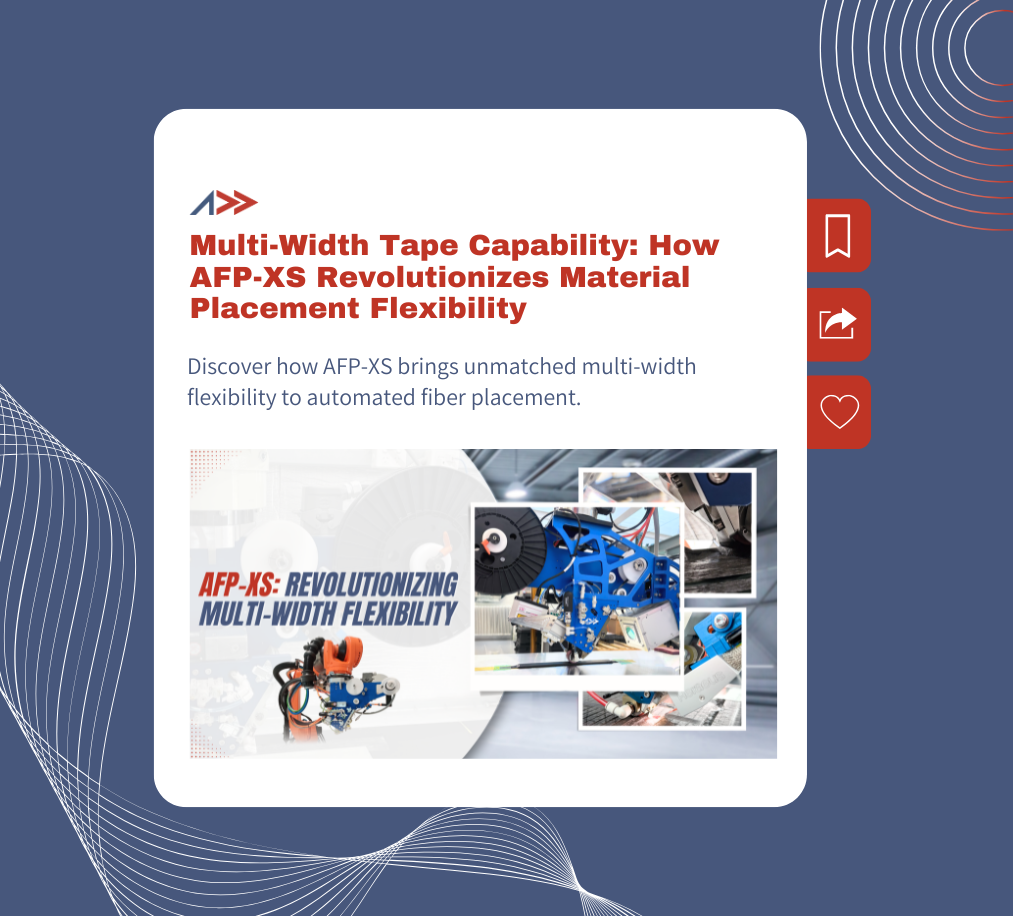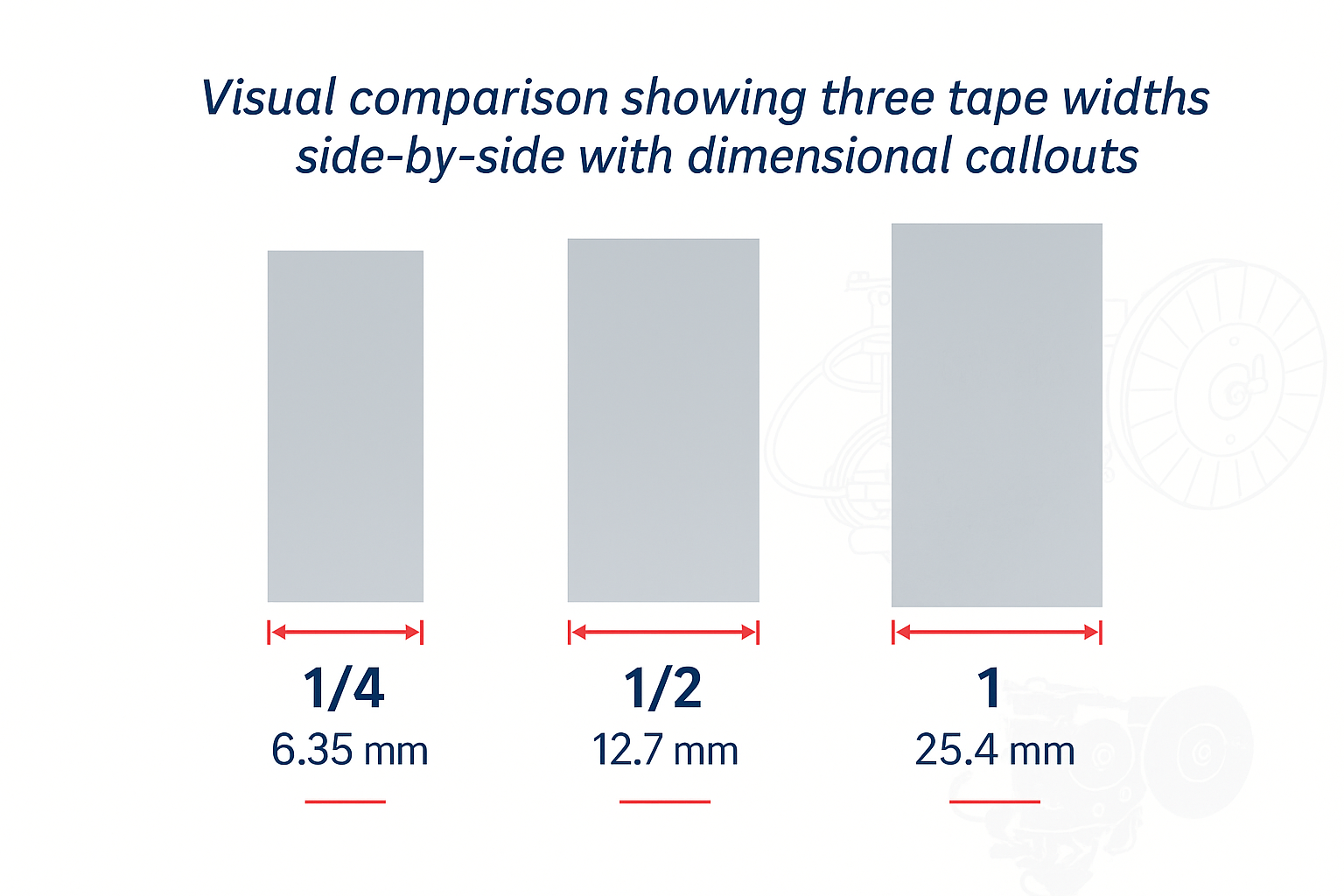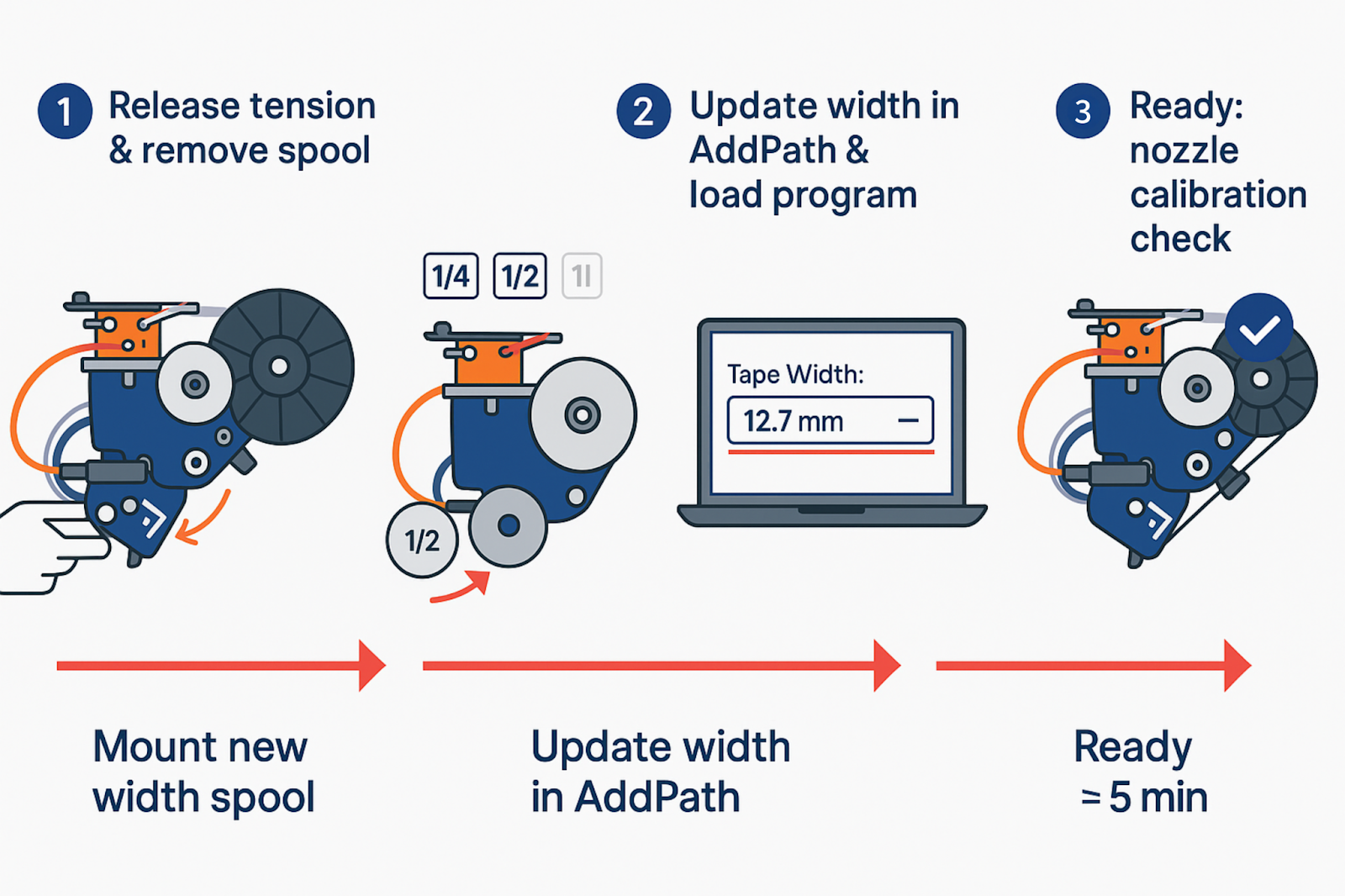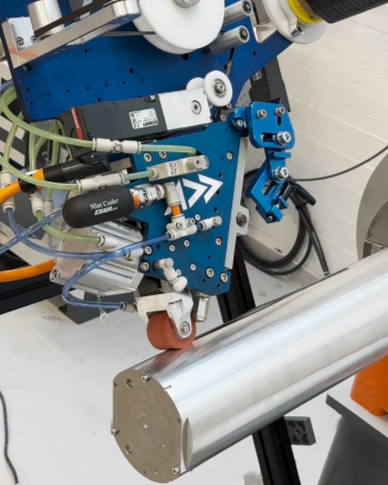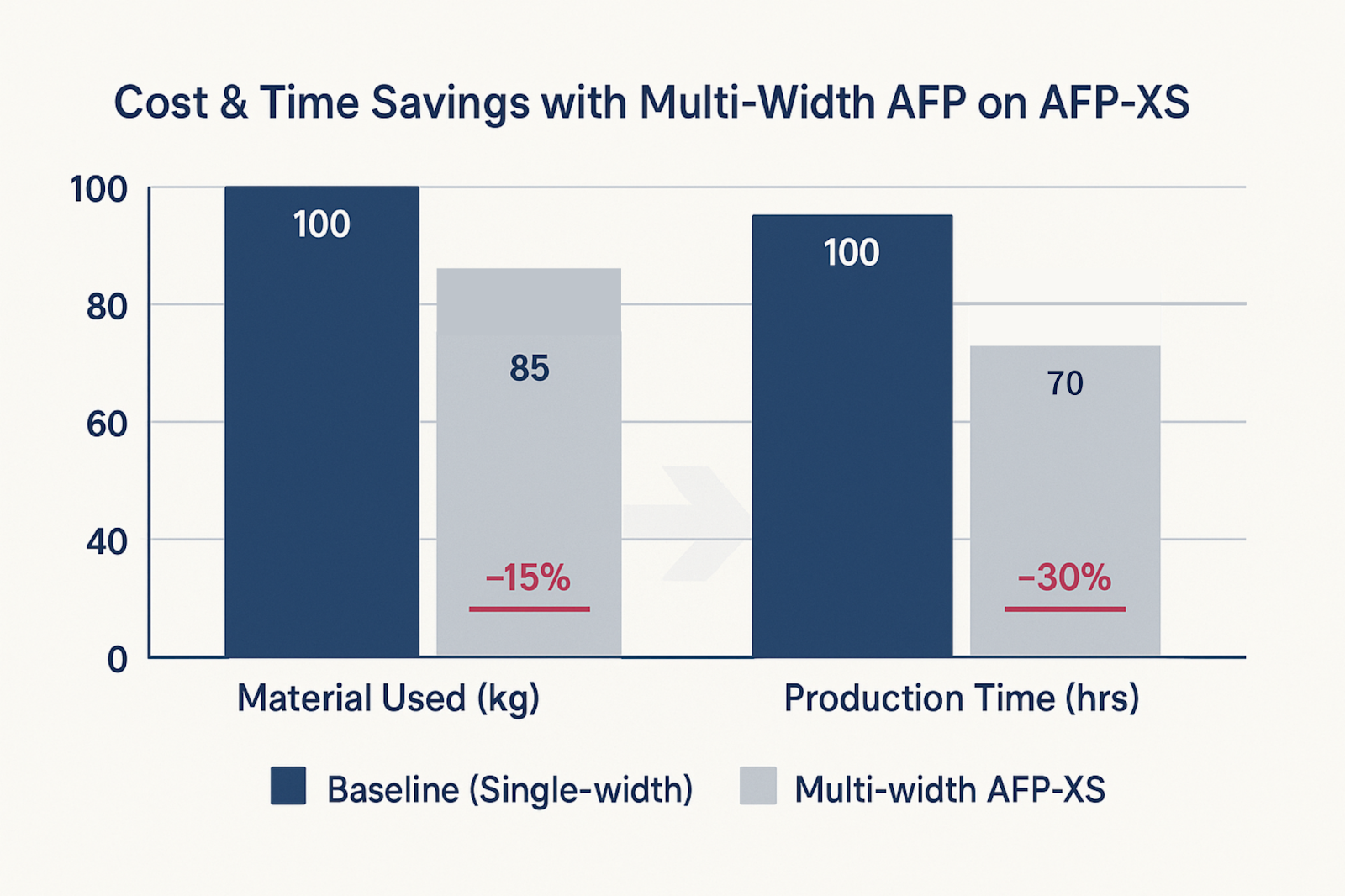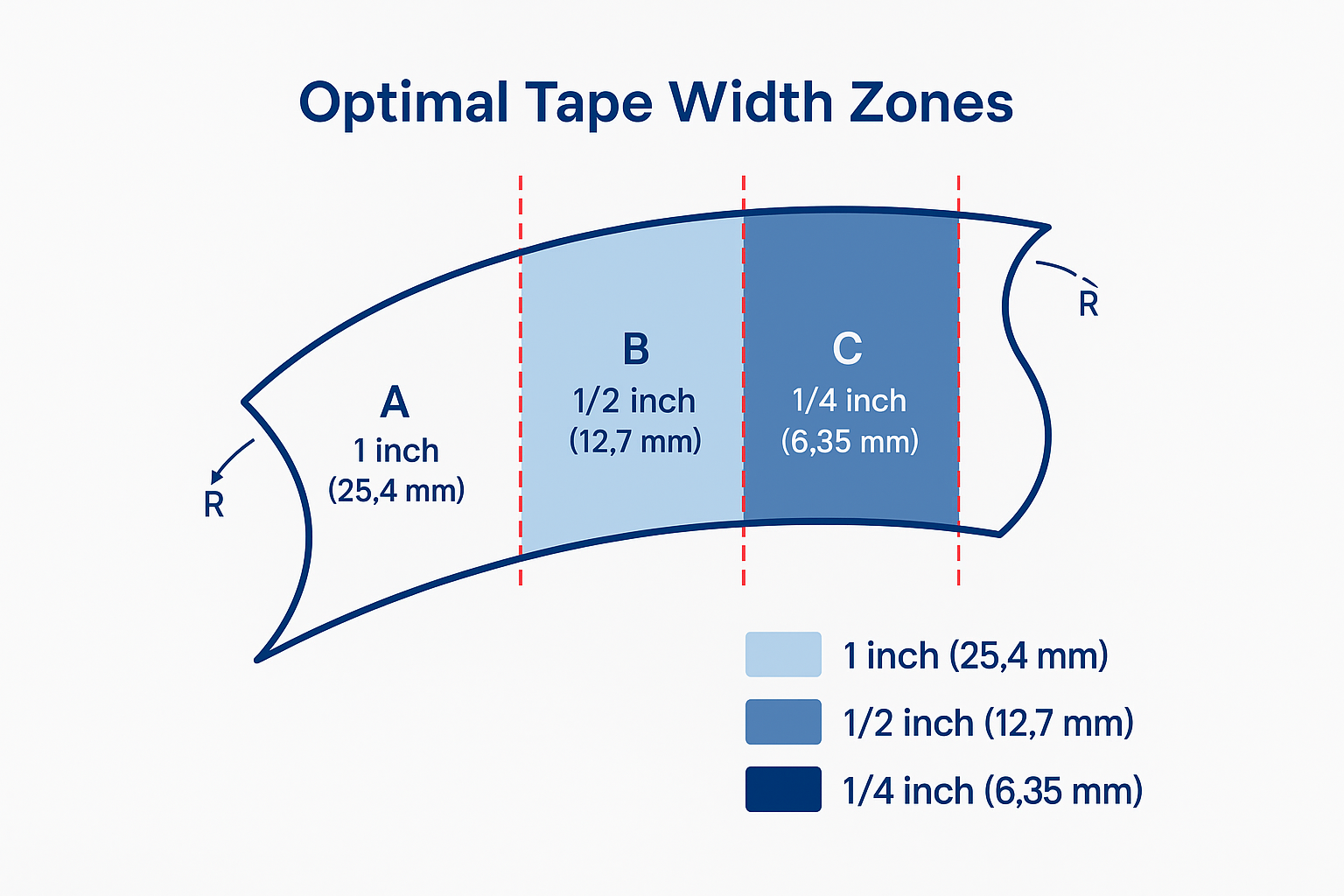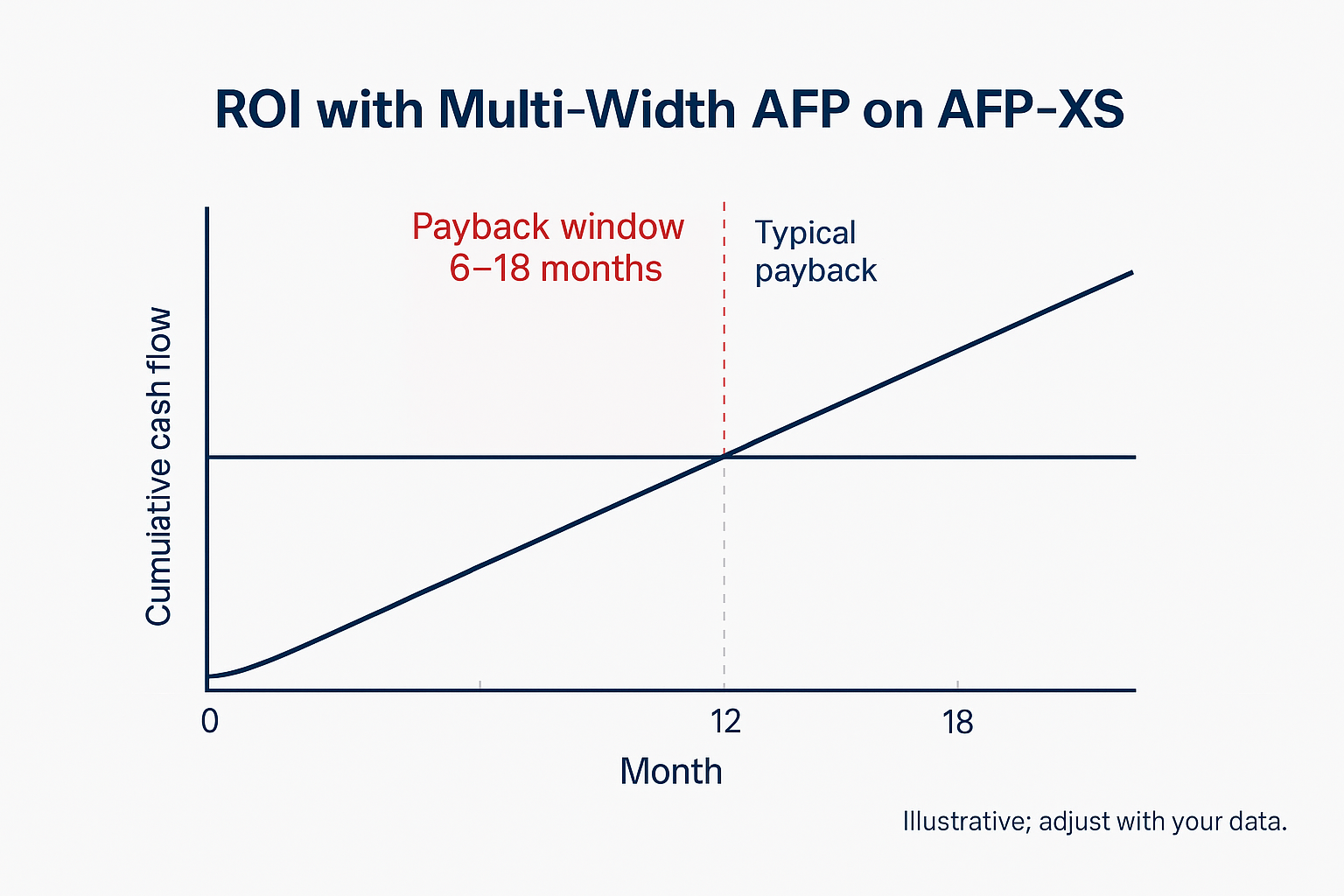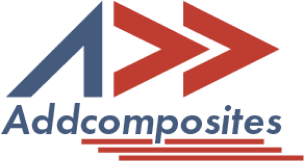



In automated fiber placement (AFP), the ability to adapt tape width to part geometry isn't just an incremental improvement—it's a fundamental shift in manufacturing capability. The AFP-XS system's multi-width tape functionality enables manufacturers to optimize material usage, reduce production time, and tackle complex geometries that would be impractical with fixed-width systems.

